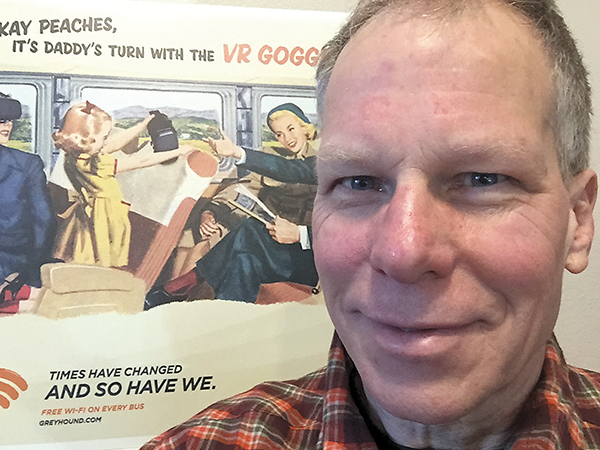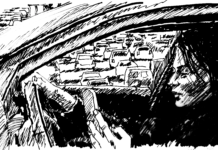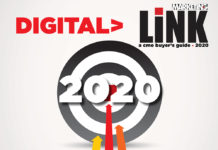By Steve Lind
Basically, the outdoor industry has remained pretty much the same since bill posters covered buildings with colorful circus posters more than 150 years ago.
We now designate showings as “billboards and transit posters,” but the concept is still the same. Frequency builds familiarity. The more you see something, the greater the likelihood you might try that product.
Clearly the biggest change since I began selling outdoor advertising in the 1980s is the disappearance of an advertising category that dominated our industry from coast-to-coast, often accounting for more than 50% of annual revenue. They owned or “permed” (as we call it) most of our premier locations throughout the year.
Know what that category was? If you guessed booze and butts you’re a certified “old timer”—or dinosaur—in the advertising business.
Today, ads for Apple or Uber likely were yesterday’s Marlboro Man, Dewars or Virginia Slims. This industry knew the power of outdoor and used it (for better or worse) to remind consumers on their way to and from work.
Having these B&B clients as your biggest advertisers didn’t always put you in the best light pitching your medium to agencies. Tobacco long since has been prohibited and alcohol has restricted areas in many cities, especially on transit advertising.
Today, there isn’t an advertising category (other than tobacco) that doesn’t use outdoor to support their campaigns, whether it’s supporting other mediums or used as a stand-alone or directional message.
Another significant change that comes to mind is the production aspect of getting your creative up on a billboard, bus or subway ad.
Paste and paint. One of the techniques required silk screening the creative onto sheets of heavy paper, which were then run through a gluing machine (likely the same wheat paste used for those circus posters of the 1860s), then squeegeed and installed on your designated bus, billboard or wall.
Let the flagging begin. That all worked well… until it began raining, Peeling or “flagging” was a constant problem, but afforded great job security for installers or bill posters. This problem didn’t help the sale team, either. I can remember walking to a client in San Francisco after a rain storm and seeing, much to my horror, their “unglued” bus ad laying in the street.
Larger format “bulletins” were hand painted by skilled artists, much like Michelangelo did in the 1500s. A bulletin consisted of various painted wood or metal panels, then assembled by crane. This was labor intensive and slow. Imagine doing a national campaign today with painted bulletins.
High-tech vinyl products that can be printed quickly and proofed on by computer have replaced the old standby of paper and paint. No peeling or flagging, easy to install, recyclable and totally waterproof!
Although not much change may be visible to the outsider, it is happening. The digital/outdoor marriage is proceeding, regardless of whether you were invited. Digital out of home (DOOH) eventually will become the norm.
Outdoor, one of the oldest ad platforms, will continue to deliver its messages in any type of weather, day-in-and-day out, 24/7, waiting patiently for its consumers to pass by. Yup, basically pretty much the same.
Steve Lind is a national sales rep with Outfront Media, one of the nation’s largest OOH companies, based in NYC. You can reach him at steve.lind@outfrontmedia.com.














